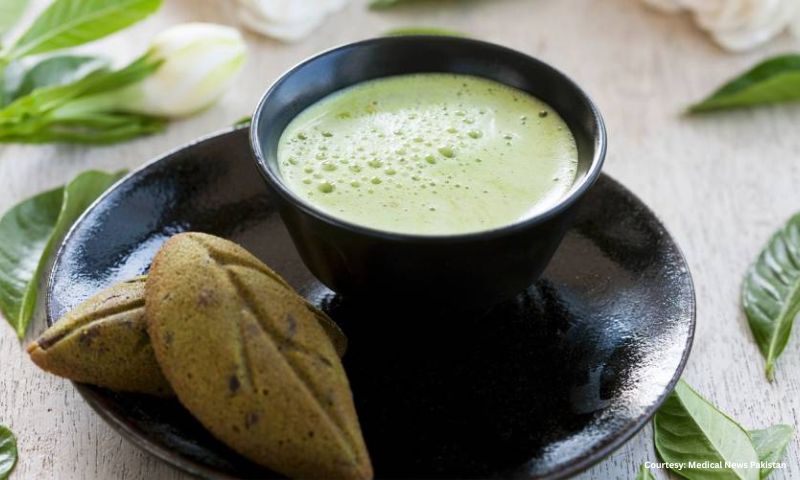KARACHI/LONDON — What once brewed quietly in Japanese tea ceremonies is now stirring a global health trend. Matcha, the finely milled green tea powder, has become a go-to drink for a generation chasing clean energy, holistic health, and Instagram-worthy aesthetics.
From Karachi’s cafés to New York’s boutique tea bars, matcha is being sipped not just for taste, but for what it promises: focus, vitality, and a sense of calm.
Why Health Enthusiasts Swear by Matcha
Matcha is more than a lifestyle fad—it’s a nutritional powerhouse backed by science. Here’s why it’s fast becoming a staple in wellness routines:
- Rich in Antioxidants: Matcha is loaded with catechins, especially EGCG (epigallocatechin gallate), which help neutralize free radicals and reduce inflammation.
- Boosts Brain Function: With around 48mg of caffeine per serving, matcha pairs with L-theanine to offer a state of calm alertness—focus without the crash of coffee.
- Supports Heart Health: Antioxidants in matcha have been linked to reduced LDL cholesterol and improved circulation.
- Aids Weight Loss: Popular as a pre-workout drink, matcha is believed to increase metabolism and fat oxidation.
- Detoxifies Naturally: Its high chlorophyll content gives matcha mild detox properties, supporting liver function.
Cultural Allure: More Than Just a Drink
Beyond its health claims, matcha carries centuries of tradition. For Gen Z, it’s more than nutrition—it’s ritual. The preparation, the tools, the foam on top—these elevate matcha to an experience that resonates with the aesthetics of mindfulness and minimalism.
From Zen to Gen Z
Social media has amplified the craze. Videos of iced matcha being whisked into swirls have garnered millions of views, making the drink both a cultural statement and a dietary staple.
As demand climbs, experts caution consumers to be mindful of quality—opting for ceremonial-grade matcha for maximum benefits, and avoiding sugar-laden imitations.
This story has been reported by PakTribune. All rights reserved.



